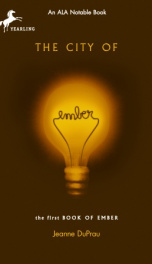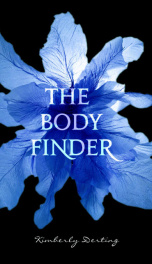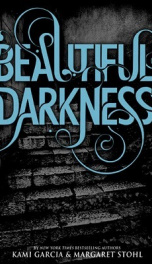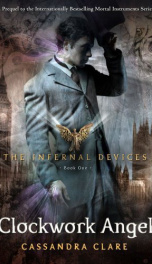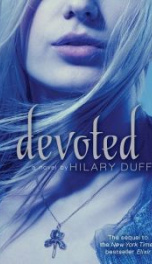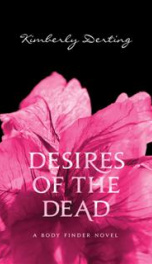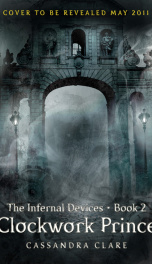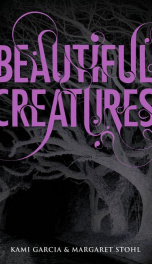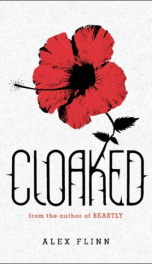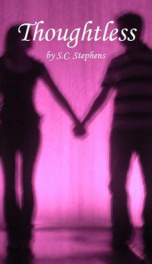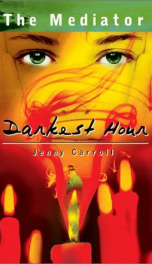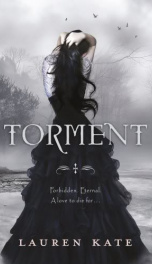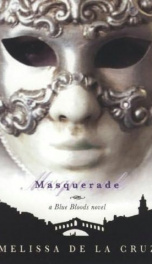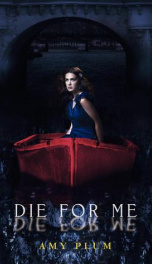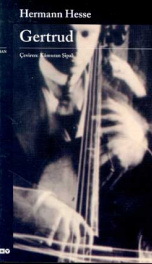Demian
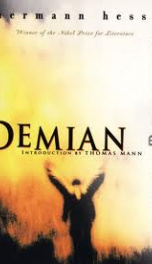
As a prepubescent boy, Sinclair recognizes the realm of good and light, symbolized by his God fearing parents and innocent younger sisters, as separate from the realm of evil and dark, symbolized by Franz Kromer, an older, opportunist who extorts Sinclair into fibbing and petty thievery. Another older boy, Demian, rescues Sinclair from Kromer's clutches, and then sows a new perception of the light and dark realms with an inverted interpretation of the parable of Cain and Abel. Demian perceives the mark on Cain's forehead not as a curse, but as a badge of courage, character and power.
Tainted by his experience with Kromer, Sinclair cannot entirely reject Demian's heroic characterization of Cain, and Demian nurtures this upset of clarity, muddling Sinclair's once clear distinction between the realms of good and evil. Demian then plants the alternative perception that the individual must delve into the self to discover his peculiar fate and destiny, a unique purpose apart from the mundane consensus, the mores of the hoard. Hesse then projects Sinclair's turmoil into a characterization of, or perhaps a reflection of, the mass psyche of prewar Europe.
Info about the book
Author:
Series:
Unknown
ISBN:
0486414132
Rating:
4.5/5 (5)Your rating:
Languge:
English
Users who have this book
What readers are saying
What do you think? Write your own comment on this book!
write a commentif you like Demian try:
Info about the book
Author:
Series:
Unknown
ISBN:
0486414132
Rating:
4.5/5 (5)Your rating:
Languge:
English
if you like Demian try:
Other books by this author
Do you want to exchange books? It’s EASY!
Get registered and find other users who want to give their favourite books to good hands!


